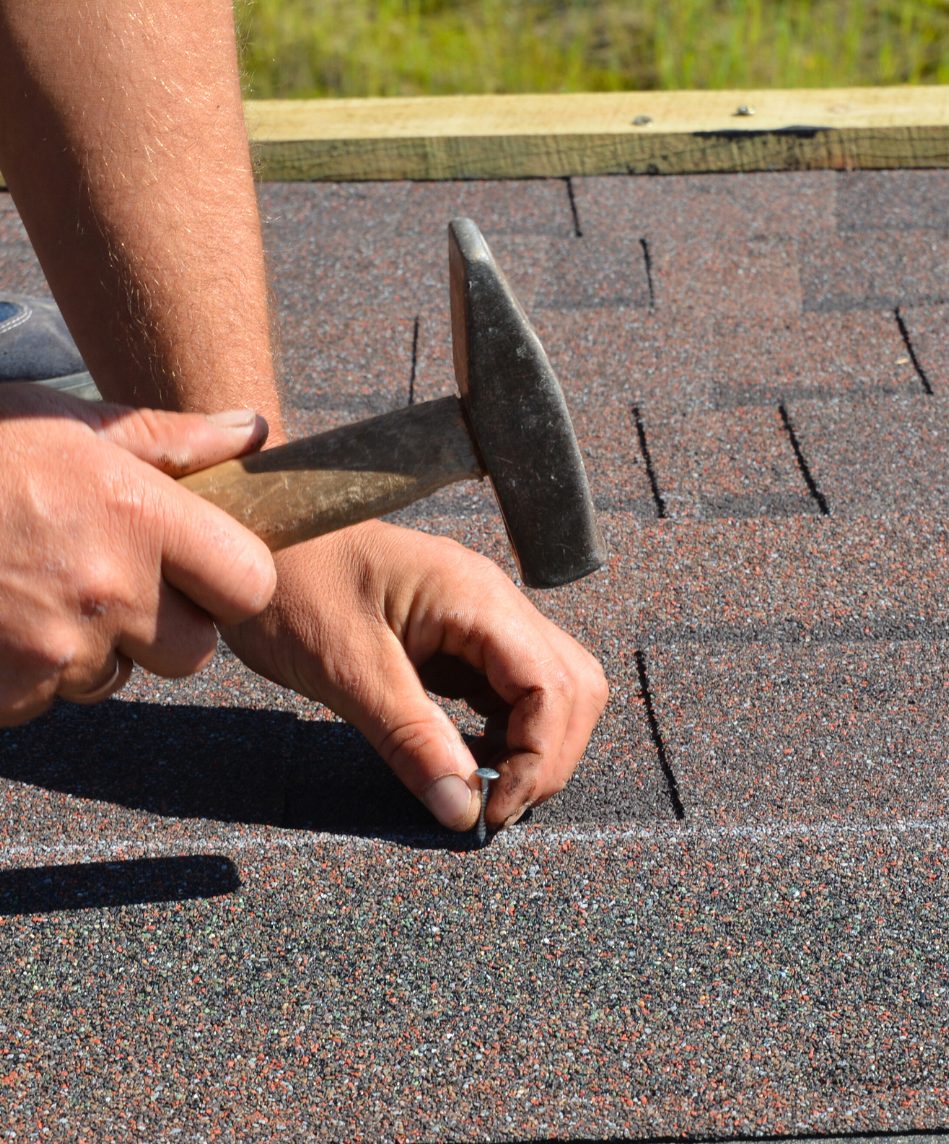Composite Shingle Roof
Composite shingle roofing is an excellent choice for both residential and commercial properties in Cicero, Berwyn, and the surrounding suburbs. Engineered for strength and built to last, composite shingles mimic the look of natural materials like wood or slate—without the high maintenance or price tag. They offer superior resistance to harsh weather, including hail, high winds, and extreme temperature shifts, making them ideal for the unpredictable Midwest climate.
Whether you're a homeowner in Berwyn wanting a stylish upgrade or a property manager in Cicero seeking a durable, long-lasting roofing option, composite shingles deliver both performance and curb appeal. With a variety of textures and colors available, they suit everything from classic homes to schools and churches.
Professional installation ensures a secure, efficient fit, and with minimal upkeep, composite roofs can last 30–50 years—offering outstanding value over time.
If you're considering composite roofing, we’re here to guide you every step of the way.
What is Composite Shingle Roofing?
Composite shingle roofing is a modern, high-performance roofing solution made from a blend of different materials, including asphalt, fiberglass, rubber, plastic, and sometimes recycled materials. Often referred to as synthetic roofing, composite shingles are engineered to provide enhanced durability, superior weather resistance, and a longer lifespan compared to traditional asphalt shingles. These shingles are designed to mimic the look of natural roofing materials like slate, wood, or cedar shakes, offering homeowners a stylish and robust alternative to more expensive materials.
Signs it's time to replace your composite shingles
Even though composite shingles last much longer than traditional asphalt shingles, there are still signs that indicate it's time for a replacement:
- Cracking or Breakage: Composite shingles that are cracked, broken, or missing need to be replaced.
- Granule Loss: Loss of granules from the surface of the shingles can indicate wear and tear.
- Leaks or Water Stains: If you notice water stains or leaks in your attic or ceilings, it may be time for a roof replacement.
- Age: While composite shingles last 40-50 years, after this time, you might see a decline in performance.
Types of Composite Shingles
Wood Shake Composite Shingles
These shingles mimic the natural appearance of wood shakes but with the added benefits of composite materials. They’re designed to look like hand-split wood but without the maintenance and susceptibility to rot.
Slate Composite Shingles
Composite shingles can also replicate the appearance of natural slate, which is heavier and more expensive. Slate composite shingles provide the elegance of slate with reduced weight and better impact resistance.
Cedar Shake Composite Shingles
These shingles resemble the rustic look of cedar shakes but are made from composite materials. They offer a similar appearance and texture but are easier to install and maintain than real cedar.
Traditional Asphalt Composite Shingles
Some composite shingles simply combine asphalt with other synthetic materials to enhance durability while keeping the look of traditional asphalt shingles. These are often designed to last longer and perform better than standard asphalt.
CONTACT US
Why we love Composite Shingles!
Composition of Composite Shingles
Composite shingles are made by combining multiple materials, giving them distinct advantages in terms of strength, aesthetics, and longevity:
- Base Layer: Composite shingles often have a fiberglass or synthetic polymer base. This layer provides the core strength and helps prevent cracking or warping under extreme weather conditions.
- Asphalt and Rubber: Many composite shingles combine asphalt with rubber (or other synthetic materials like plastic) to enhance weather resistance, prevent cracking in cold climates, and add flexibility to the shingles.
- Granules and Coatings: Like asphalt shingles, composite shingles are coated with mineral granules. These granules protect the shingles from UV damage and contribute to their color. Some composite shingles use recycled materials in the granules to help reduce the environmental impact.
- Optional Reinforcements: Some premium composite shingles include reinforcement with polymer or resin layers to improve impact resistance, fire resistance, and overall performance.

